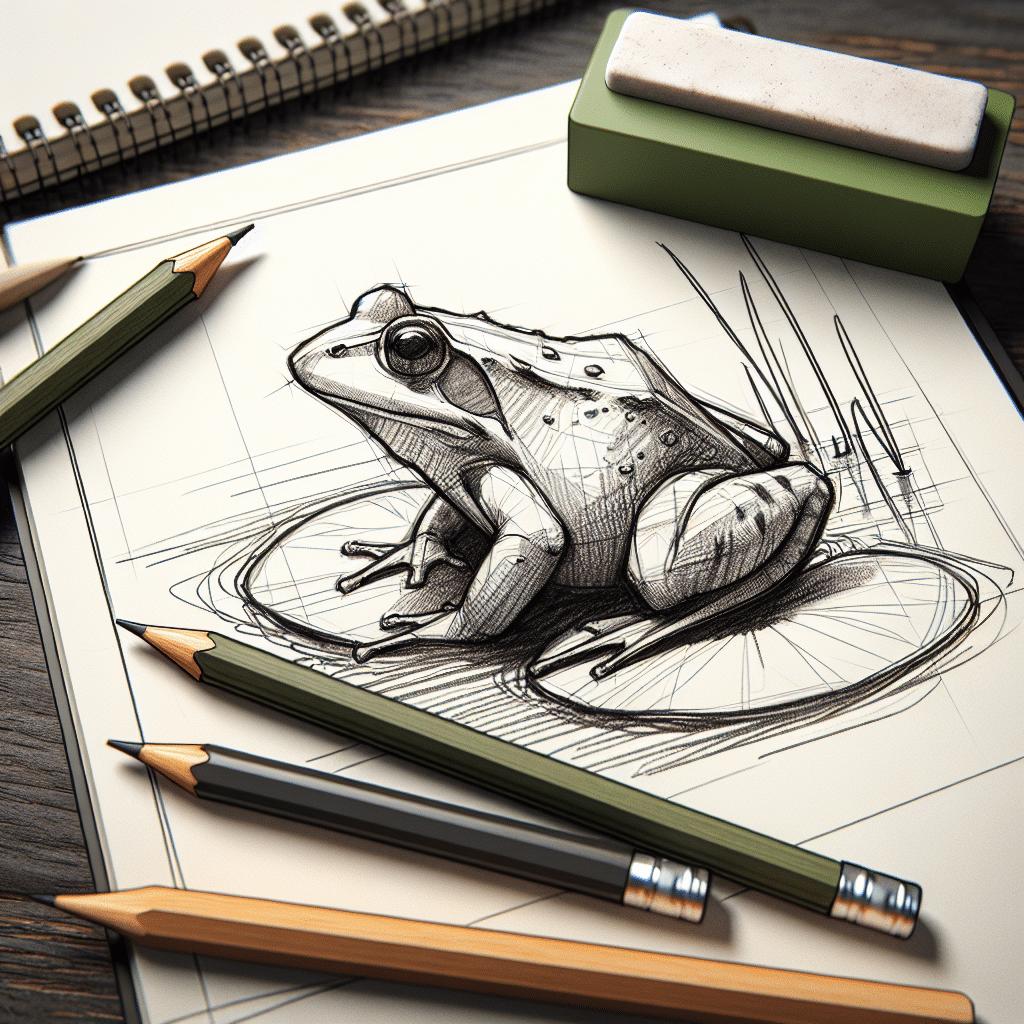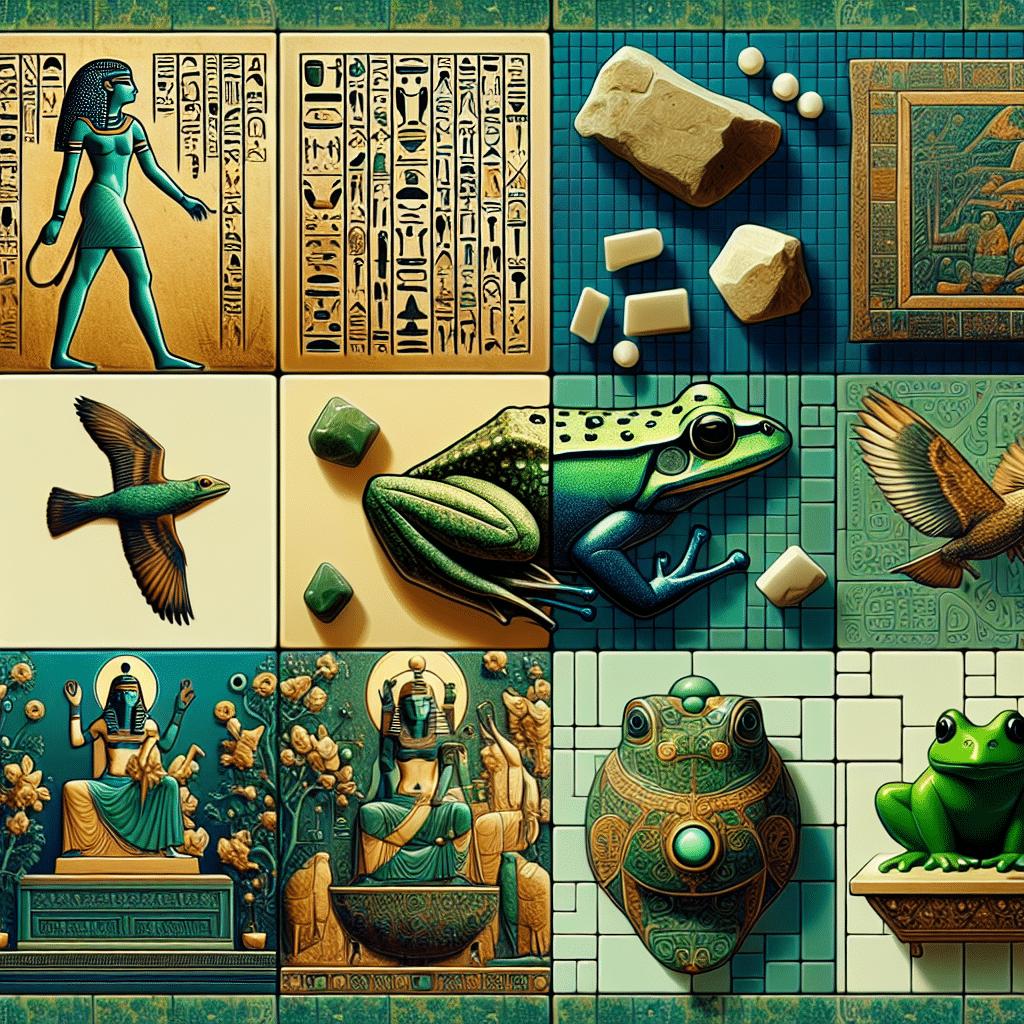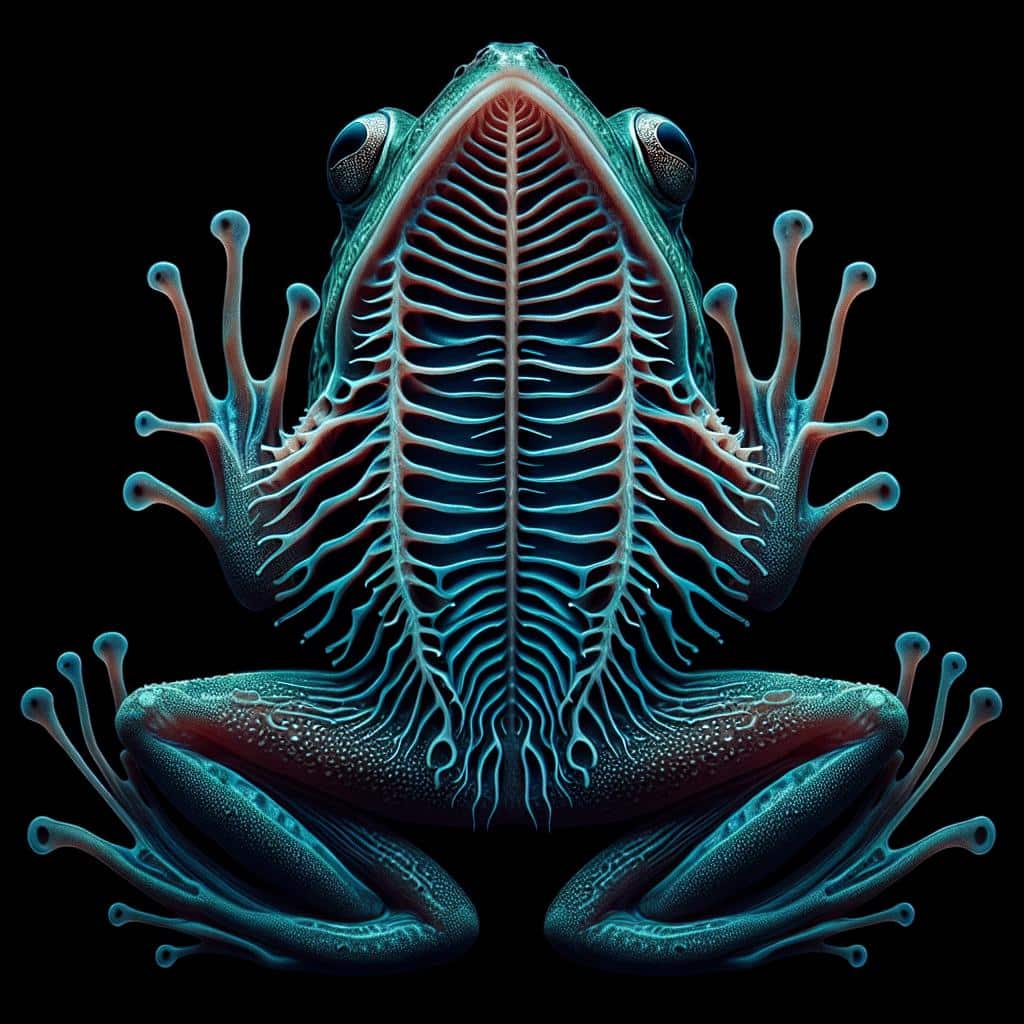Imagine you’re wandering through the lush rainforests of Central and South America when you catch a flash of vibrant color hopping along the forest floor. It’s a poison dart frog, revered not only for its vivid hues but also for its agility. You might be curious about just how quick these tiny amphibians are. Well, hang onto your hat because you’re about to find out just how fast a poison dart frog can dart through its natural habitat—speeds that might just surprise you given their diminutive stature.
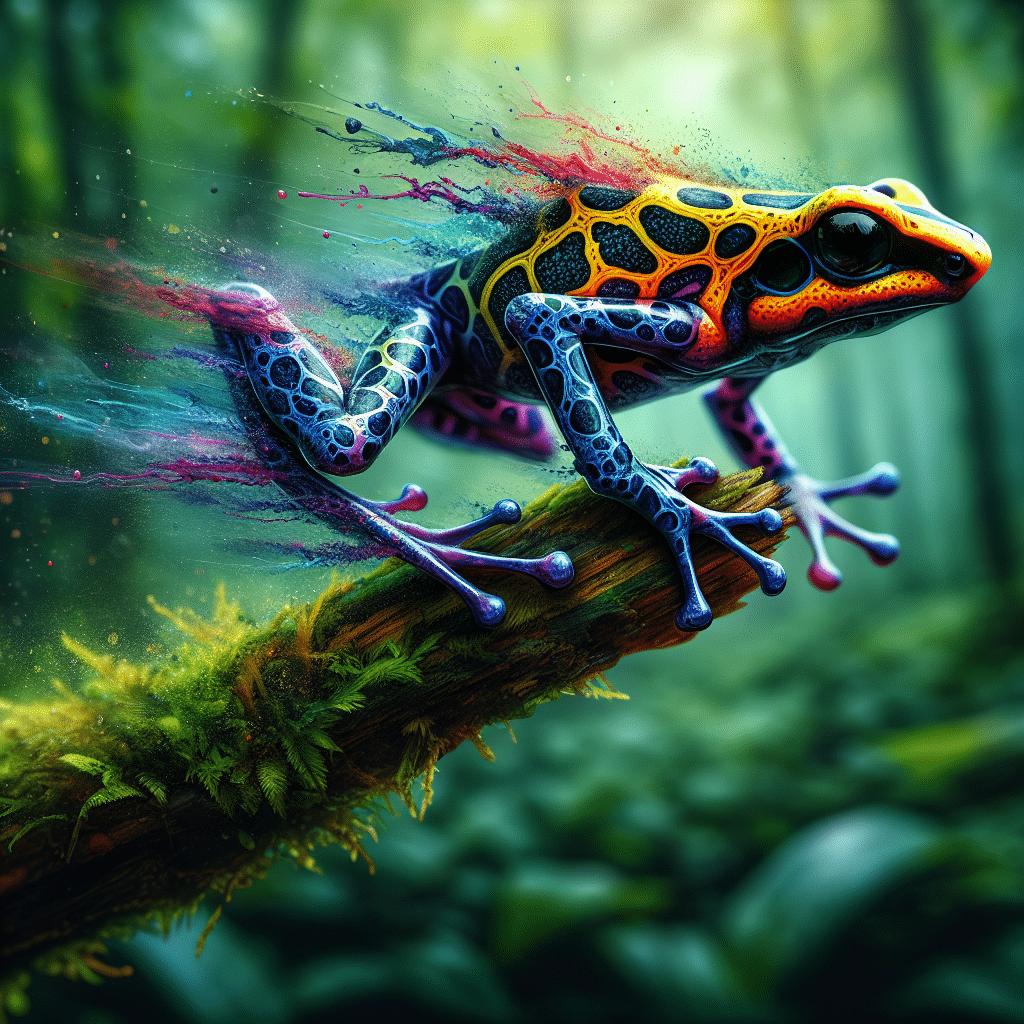
Physical Characteristics of Poison Dart Frogs
Size and Weight
Picture this: you’re out in the rainforest, and you spot a tiny amphibian, vibrant and seemingly delicate. This is your poison dart frog. On average, they span from a mere half an inch to two-and-a-half inches in length, and despite their diminutive size, these frogs certainly pack a punch. Their weight is equally modest, typically tipping the scales at just a few grams – about as much as a few paper clips.
Color Variations
Now, their color palette is definitely not shy! From the dazzling blues to the radiant yellows, poison dart frogs come in a kaleidoscope of colors. These vibrant hues are more than just mere eye-candy; they serve as a warning to any predators that might be thinking of a froggy feast. The rule of thumb in the wild: the brighter the frog, the more potent its toxic punch.
Skin Texture and Toxicity
Running your finger along the back of a poison dart frog would not be the wisest move, as their skin is quite the chemical weapon. Although it appears smooth, the skin secretes potent toxins that can deter predators. In some species, this toxin can be lethal to humans, so it’s best appreciated from a safe distance.
Habitats of Poison Dart Frogs
Geographical Distribution
If one day you find yourself wandering through Central and South America’s rainforests, keep an eye out for these tiny, toxic residents. Poison dart frogs have made a cozy home in this warm and wet environment, thriving among the lush foliage.
Preferred Environmental Conditions
You won’t find them just anywhere in the jungle, though; they’re pretty picky about their living conditions. They love warm, humid climates where they can stick close to water sources – think along the lines of streams or under the canopy’s leafy umbrella.
Territorial Range
These frogs are territorial little critters, but their range isn’t vast – they typically only roam an area close to where they hatched. Think of it like their personal pocket of paradise, which they defend with surprising vigor!

The Speed of Poison Dart Frogs
Typical Movement Speed
So, how fast is a poison dart frog, you ask? They’re no cheetahs, to be sure. Dart frogs have a relaxed pace when it comes to movement, generally ambulating or hopping at speeds that won’t win any races. But they don’t really need to be fast – their coloration does the job of keeping threats at bay.
Factors Influencing Speed
Their speed can be influenced by several factors, including temperature, humidity, and their need to flee or capture prey. When startled or catching dinner, they can give a quick burst of speed, but again, it’s nothing to write home about compared to other sprightly animals you might encounter on a jungle trek.
Comparison to Other Amphibians
When you stack them up against other amphibians, poison dart frogs are kind of the middle of the pack; they’re neither the speedsters nor the slowpokes of the amphibian world. Their evolutionary adaptations focused more on defense than on haste.
Locomotion and Behavior
Hopping vs. Walking
These amphibians have quite the ground game; you’ll find them doing a bit of both walking and hopping depending on what they’re up to. When they’re chill and not in a rush, a leisurely walk will do. But should the need arise, they can bust out short, focused hops to get around.
Climbing Abilities
You might think that, with those vibrant colors, they would be soaring through the treetops – and you wouldn’t be wrong. They’ve got some climbing chops, thanks to their toe pads, which allow them to ascend and stick to leaves and branches, exploring their vertical frontier.
Swimming Capabilities
As for swimming, these frogs are born with a tadpole phase, so early on, they’re quite adept in the water. But as adults, they aren’t known for their Olympic swimming skills. They prefer to keep moist and leave the real swimming to the fish.
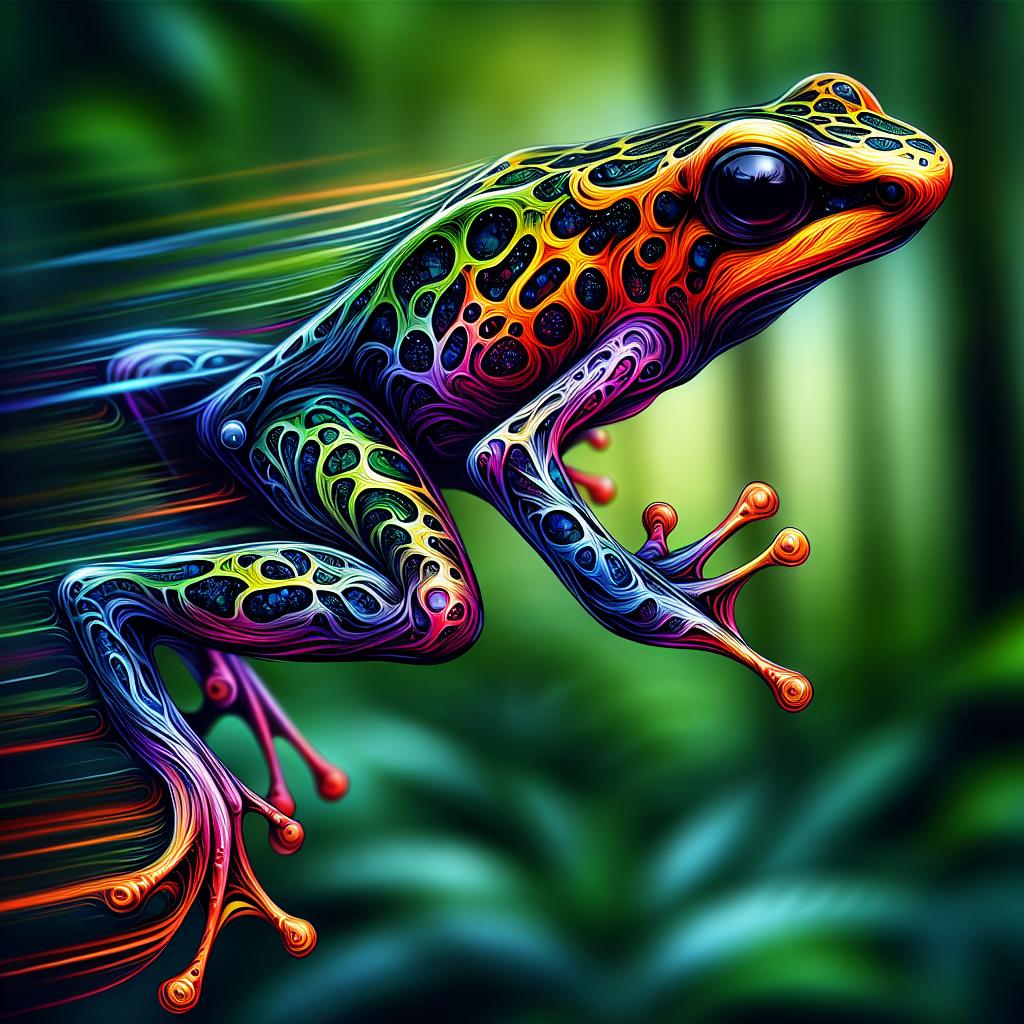
Diet and Feeding Habits
Common Prey
What’s on the menu for a poison dart frog? Think small – ants, termites, beetles, and sometimes even smaller spiders. These are their go-to snacks, but they’re not fussy eaters; if it’s small enough and moves, it’s probably fair game.
Hunting Techniques
They’re ambush predators at heart, waiting patiently and then striking quickly with their sticky tongue to snatch their unsuspecting prey right out of their daily routine.
Feeding Frequency
Despite their small size, these frogs need a constant influx of food to keep their energy up. They feed pretty much every day, munching on enough tiny critters to satisfy their metabolism and fuel their toxic defenses.
Reproduction and Lifecycle
Mating Rituals
Come mating season, it’s all about getting noticed for the male poison dart frogs. They’ll sing their little hearts out – a series of chirps, buzzes, and croaks – to attract the females’ attention. It’s poison dart frog karaoke, and the best voice wins the girl.
Egg Laying and Development
Once a male has won over a female, she’ll lay her eggs on a moist leaf or in a crevice, which he’ll dutifully fertilize. Then it’s all about the moisture; those eggs need a damp environment to develop.
Growth Rate and Maturation
The transition from tadpole to adult can take over a year, and the growth rate can depend on the species and environmental conditions. These frogs don’t rush anything – it’s all about taking the time to grow into those bright, flashy signs of danger they’re so famous for.
Defensive Mechanisms
Toxin Production
The toxicity of these frogs is their headline act. It comes from their diet, and their bodies convert these chemicals into a potent weapon stored in their skin. Touch them, and you’ll get a massively unpleasant surprise.
Camouflage and Warning Coloration
While many species use their bright colors as a “keep out” sign, some can blend into their environment when needed. They know when to flash the warning signs and when to lay low. It’s all about survival.
Behavioral Tactics
When danger looms, poison dart frogs are ready with a bevy of behaviors. They might play dead or make a swift exit stage left to avoid becoming a meal. They’re small but wise in the ways of self-preservation.
Interaction with Predators
Natural Predators and Immunity
Despite their formidable defense, they do have a few natural predators like snakes and spiders that have evolved immunity to their toxins. It’s a constant arms race in the rainforest.
Escape Responses
In the face of such predators, their reactions are flight, not fight. Quick hops and dashes into the underbrush are their escape routes of choice.
Survival Strategies
Beyond dashing away, chemical defenses and cryptic or aposematic coloration are crucial survival strategies. They don’t have much in the way of brawn, but they’ve got brain and poison in spades.
Conservation Status and Threats
Current Conservation Efforts
Your poison dart frog friends are under threat from habitat destruction and the pet trade. Conservation efforts are focused on preserving rainforests, enforcing wildlife trade regulations, and maintaining captive breeding programs to keep populations stable.
Habitat Loss and Environmental Changes
The rainforest is their home, and as it shrinks due to logging and agriculture, so does their natural habitat. Climate change also looms as a shadow over their moist, warm living conditions.
Illegal Pet Trade and Exploitation
Unfortunately, their striking looks and unique toxin-production make them targets for illegal trade. Snatching them from their homes not only upsets their populations but often leads to the demise of the frogs, who can’t easily survive or produce toxins in artificial conditions.
Human Interactions and Cultural Significance
Use in Indigenous Cultures
The name “poison dart frog” isn’t just for show; indigenous people have used their toxin for centuries to tip their blow darts, lending a deadly edge to their hunting tools. It’s a deep-rooted practice that shows just how awe-inspiring nature can be when it’s respected and understood.
Impact of Eco-tourism
With awareness comes interest, and eco-tourism helps to bring visitors keen on experiencing the rainforest’s magic. By valuing these habitats from a sightseeing perspective rather than for resources, there’s hope for conservation.
Research and Medical Contributions
Poison dart frogs are more than just pretty faces; medical research is all over their potential. Their toxins could be keys to unlocking new painkillers and medicines. There’s a lot we could learn if we keep them hopping around their natural homes.
Remember, these sprightly little creatures, while small in stature, are giants in ecological and cultural significance. Preserving them and their rainforest abodes isn’t just good for them—it’s a win for the biodiversity of our planet and all the potential knowledge we stand to gain.

